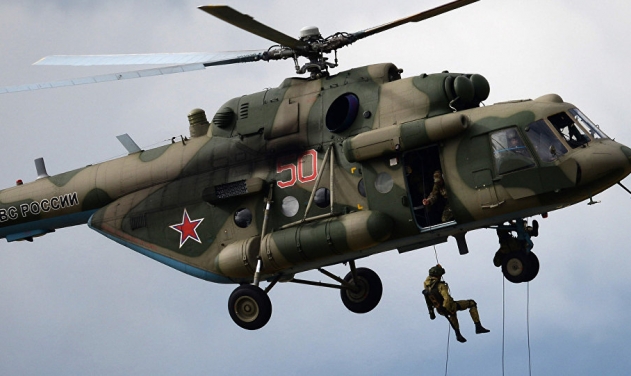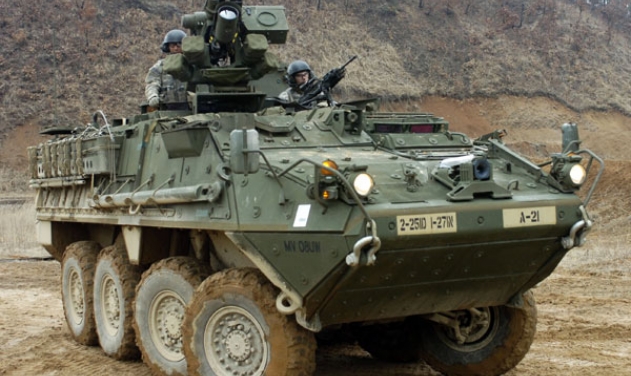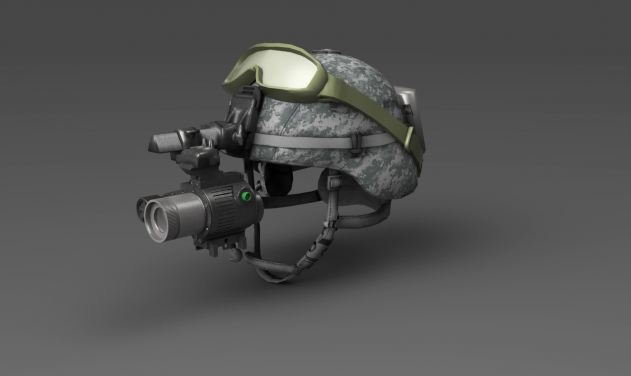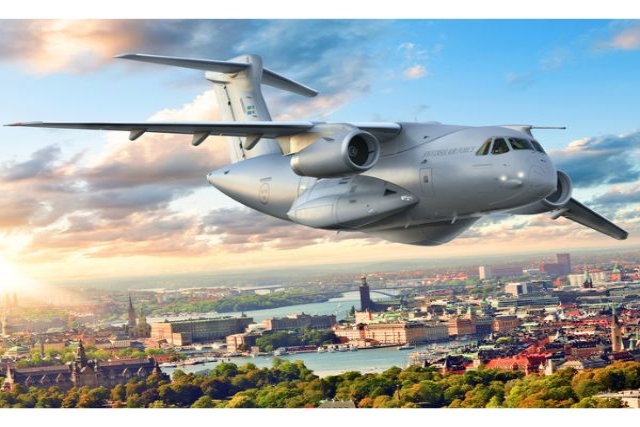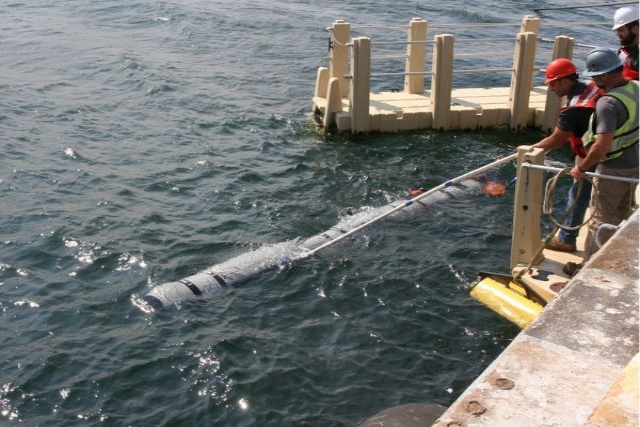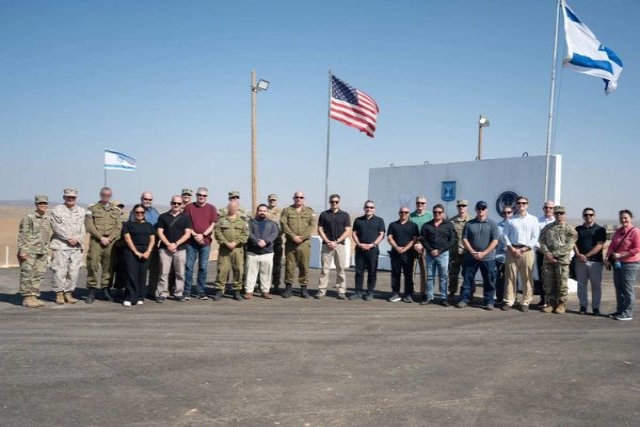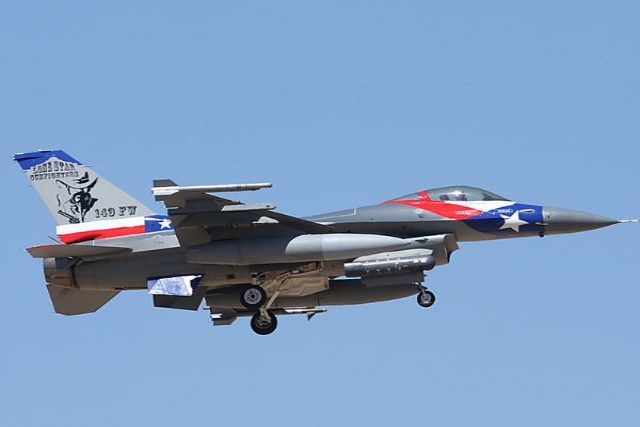Peru Continues A-37B Light-attack Aircraft Avionics Systems Upgrade
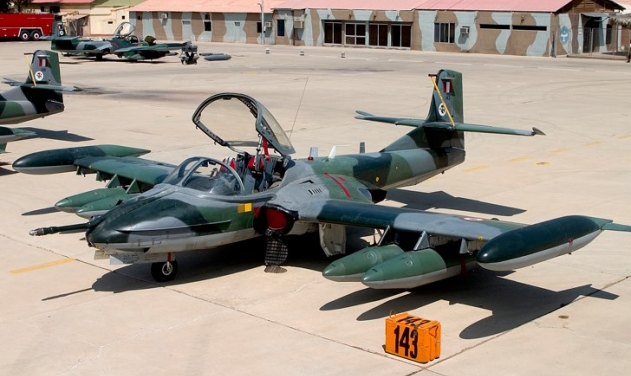
The Peruvian Air Force (FAP, per its Spanish acronym) carries on with the avionics systems upgrade program of its main combat, transport, training, and helicopter fleets.
“New leaps in technology demand that we acquire and develop a diagnostic solution compatible with a wide range of our aerial platforms,” FAP Colonel Armando Pomar Galdós, commander of SELEC, was quoted as saying by Diálogo Thursday.
The upgrading work requires “the capacity to provide electronic maintenance support for communication, navigation, and radar systems, weapons with electronic components, and biomedical equipment, among many other applications,” Armando said.
In September 2017, FAP completed upgrades on communication, navigation, and special systems of its fifth Cessna A-37B Dragonfly, a US light attack plane. The installation of advanced systems on aircraft falls on FAP’s Electronic Service (SELEC, per its Spanish acronym) and Maintenance Service (SEMAN, per its Spanish acronym) located at Las Palmas Air Base in Lima, Peru. With advanced maintenance laboratories, SELEC develops modification, integration, and installation projects for avionics systems in FAP’s fleet.
The upgrade of FAP’s air assets is crucial for Peru’s varied geography, with its inhospitable terrains—deserts, coasts, rugged Andes mountain range, and Amazon jungle. As a light attack plane that can execute high-speed maneuvers at low altitude, the A-37B participates in missions to counter narco-trafficking, insurgency, as well as bombing duties and tactical support of land forces.
For instance, the A-37B combat fleet provides support in operations in the Apurimac, Ene, and Mantaro Rivers Valley (VRAEM, per its Spanish acronym), where Shining Path members and sympathizers remain. The mountainous jungle region of VRAEM is the largest cocaine-producing area in Peru—the second leading cocaine-producing country in the world.
In 1975, Peru purchased 36 A-37B aircraft and acquired more over the years. For instance, in 2001, the U.S. government donated two Dragonfly planes with engines and spare parts to FAP. Of all the A-37B planes FAP received, 20 are still in operation and seven are in the process of being upgraded.
“Nowadays, an aircraft with old analog equipment is dangerous. So what we’re looking to do is install new next-generation systems to boost the aircraft’s operational capacities,” FAP First Lieutenant Ángel Pérez, chief of SELEC’s Avionics Department, explained.
The maintenance work begins with a lot of research to determine what is most applicable for each aircraft. The systems not only need to be identified, but must be aligned with FAP’s operational needs. “It’s not about upgrading the aircraft with the latest thing or the greatest capacity, if it can’t be used,” 1st Lt. Pérez said. “We have to evaluate the technology needed based on staff’s requirements.”
The A-37B upgraded in late September was the fifth to undergo the process that began in December 2014. The SELEC team takes almost two months to upgrade each plane at a cost of about $150,000.
The process of upgrading the A-37B fighter fleet will end when the two remaining aircraft in operation are ready. These advancements place FAP at the forefront of aviation technology and increase its operational capacities and effectiveness. “We’ve also upgraded our attack helicopters,” Col. Pomar said. The next step is already underway: “Upgrading our transport planes, because they are much newer aircraft,” he concluded.
